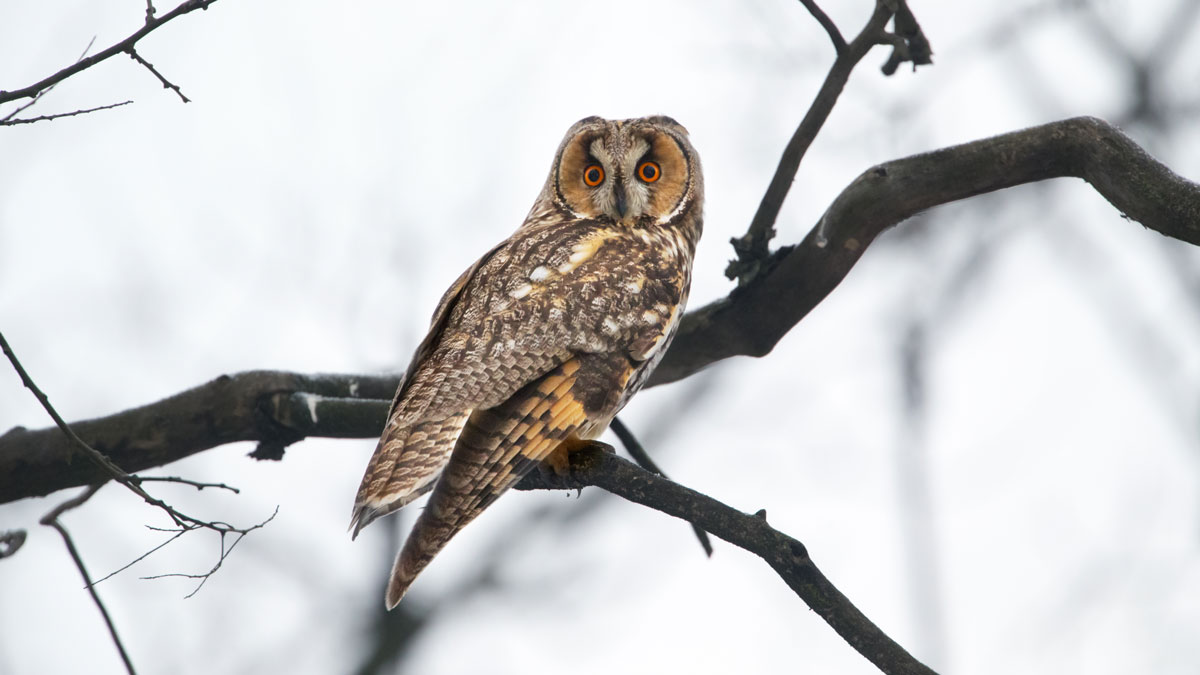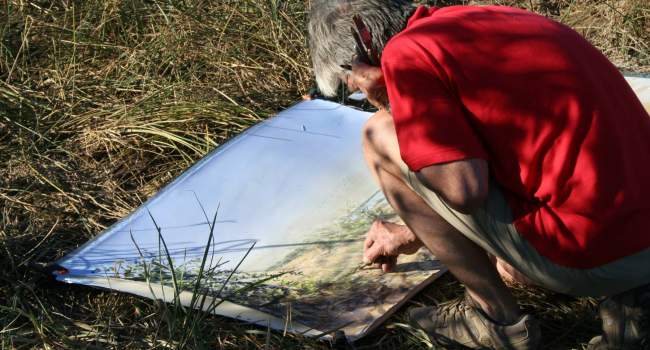
Migration blog (15th – 21st October)
1 commentOn the flipside, the number of winter visitors arriving will rapidly rise during the next week and if we see winds from the northeast we can expect large arrivals of Redwings, Blackbirds, Song Thrushes, Robins and Goldcrests, along with Chaffinches and Bramblings. Pied and Grey Wagtails also peak during mid-October.
The last week’s predicted Blackpoll Warbler materialised on Galley Head, County Cork. Other North American fare consisted of a handful of Buff-bellied Pipits and Red-eyed Vireos, while the east was represented an arrival of Rustic Buntings and Yellow-browed and Radde’s Warblers.
For the early part of next week northerlies are forecast to dominate and we could see divers on the move
Species Focus — Long-eared Owl
Now is the time for Long-eared Owls to begin arriving from across the North Sea. The numbers arriving will be determined by food availability and weather conditions on the other side of the North Sea. The north and east coasts are their points of arrival but they will quickly move south and west and migrant birds can be found at this time of the year as far south and west as the Isle of Scilly and Ireland.
Ringing recoveries suggest that most birds arriving here are from Fennoscandia, with smaller numbers from Russia and studies have shown that there is an uneven sex ratio in favour of female birds; in Norway more males are found during the winter months.
The number of migrant Long-eared Owls recorded in the autumn is significantly correlated with the number of winter roosts subsequently reported in county bird reports, which suggests that winter roosts may largely be composed of winter immigrants; it is not known if British breeding birds form winter roosts.

Looking ahead
For the early part of next week northerlies are forecast to dominate and we could see divers on the move including the odd White-billed. We could also see the first movement of Little Auks and Snow Buntings along with Common and Velvet Scoters and maybe the first big arrival of Dark-bellied Brent Geese, particularly around mid-week when the winds are forecast to turn more northerly.
During the middle of the week the wind is going to turn southerly and although the predicted Pallid Swift didn’t turn up last week there is a chance that it might during this short period. If we look to the north during the early part of the week the winds are coming straight from the Arctic, so maybe a Brunnich’s Guillemot and Gyr Falcon are not beyond the realms of possibility.







Share this page